41 the calorie used on food labels is equal to calories
Calories for Hundreds of Foods: Your Calorie Chart Database Calories in dishes and meals are calculated by totaling the nutrition of all ingredients. Soups Soups are often low in calories, but check the label since any foods can be included. Nuts & Legumes Calories Legumes Beans and other legumes are nutritional foods with calories from carbs, fat, and protein. Nuts & Seeds Calorie Labeling Impacts Consumers Opposite of How Policy Intended ... The marketing department's Chris Berry investigated how consumers' perceived food values paired with mandated calorie labeling impacts their purchasing decisions. Until now, most research suggested menu labeling was ineffective, but it had not considered the reasons behind each individual order. It turns out, two of the three reasonings ...
Are all Calories Equal? - Talia Cecchele One study found that calories in packaged foods differ from the label by around 25%, suggesting food labels may be inadequate sources of caloric monitoring (5). One reason for this is the mass production of food with the value indicated on packaging being an average of the product, each will weigh a slightly different amount and have a ...

The calorie used on food labels is equal to calories
Why Do Food Labels Use Calories Instead of Joules or Kilojoules? A kilocalorie equals 1,000 "small" calories, which is the energy it takes to raise the temperature in 1 gram of water 1 degree Celsius. On U.S. food labels, the term "calorie" actually means kilocalorie, though a calorie is technically the smaller measurement. Kilojoules Most countries outside the United States use kilojoules on food labels. Biology Flashcards | Quizlet The Calorie used on food labels is equal to 1000 calories A Calorie is also referred to as a Kilocalorie Cells use the energy stored in chemical bonds of foods to produce compounds that directly power the cell's activities, such as ATP The equation that summarizes cellular respiration, using chemical formulas, is 6O2+C6H12O6-->6CO2+6H2O+Energy PDF COUNTING CALORIES Background - Utah Education Network a capital C. A Calorie is equal to 1,000 calories or 1 kilocalorie (kcal). A calorie is the amount of heat (energy) required to raise the temperature of 1 gram (g) of water 1 degree Celsius (°C). To determine the amount of Calories in a food, nutrition and food scientists use an instrument that is called a calorimeter. A calorimeter (from the ...
The calorie used on food labels is equal to calories. Grams To Calories Calculator To calculate the number of calories in this food product, you need to use the appropriate conversion rate for each macronutrient: Carbohydrate: 4 kcal * 23 = 92 kcal Protein: 4 kcal * 4 = 16 kcal Fat: 9 kcal * 9 = 81 kcal Total: 92 kcal + 16 kcal + 81 kcal = 189 kcal This product contains 189 kcal. Kcal vs. Calories: Differences and How to Convert - Healthline One calorie (kcal) equals 4.18 kJ or 4,184 joules (J) ( 1 ). To convert from calories to kJ, multiple calories by 4.18. Conversely, to convert from kJ to calories, divide kJ by 4.18. For example, a... _2_-_Food_Labels_and_Calories_-_Answers.docx - Mr. Bailey... One calorie is equal to 4.184 joules, a common unit of energy used in chemistry. Most of us think of calories in relation to food, as in "This can of soda has 200 Calories." It turns out that the calories on a food package are actually kilocalories (1,000 calories = 1 kcal = 1 Cal). Why Don't the Macros on the Nutrition Label Equal Calories? And since the calorie content of food is made up of nothing but the macros stated above, the calorie total (i.e., Calories) at the top of the nutrition label should equal the sum of the Total Fat (9 calories per 1 gram), Total Carbohydrate (4 calories per 1 gram), and Protein (4 calories per 1 gram), right? Well, it's actually a bit more ...
Difference Between Kcal and Cal | Ask Any Difference The nutritional values of the food items are generally recorded and then mentioned in the labels on the packet. They symbolise the energy content of that food item. One kilocalorie is equal to one thousand calories. This means, to convert a kilocalorie into a calorie, you just need to multiply the numerical value of the kilocalorie by 1000. What is the difference between the dietary calorie and the physical ... They are both units of energy, but the dietary Calorie (note the use of upper case 'C') equals 1000 'physics' calories. The physics calorie represents an amount of energy needed to raise (or lower) one gram of liquid water by one centigrade degree. ... A food Calorie is the equivalent of about 4 BTU's. Answered by: Paul Walorski, B.A. Physics ... "Calorie" vs. "calorie" - Kirk Mahoney . com The common English blunder is to write "Calorie" — with a capital "C" — as "calorie" — with a lowercase "c" — when referring to the energy value of a food item. For example, a "2000-calories-per-day diet" — with a lowercase "c" — would provide almost no energy and might have been suitable for Mahatma Gandhi when he was on a hunger strike. How To Count Calories? - Cooking Tom One calorie is equal to the amount of energy needed to raise the temperature of one gram of water by one degree Celsius. Each gram of carbohydrates, protein and fat has 4 calories, while each gram of alcohol has 7 calories. Food labels will tell you how many calories are in the food or drink you're looking at.
Calories on the New Nutrition Facts Label | FDA - U.S. Food and Drug ... One package of food may contain more than one serving, so, if you eat two servings you would be getting two times the calories shown on the label. For example, if you ate one serving of the food... Food Labels Flashcards | Quizlet FDA/USDA require food labels show same nutritional health info. always have..... a colorful plate USDA organic foods 95% organic calories are the measurement of energy for the body 1 serving =number on food label Total Fat fat in 1 serving Unsaturated fats "good"fats found in vegetable oils, nuts, and fish Saturated fats and Trans fats Do Food Labels Miscount Calories? Kind Of - Yahoo! Kind Of. Do Food Labels Miscount Calories? Kind Of. There could be a 150 calorie variance in the amount of energy different people absorb daily from food. (Photo: Getty Images) Nutrition experts ... How To Count Calories Without Labels (4 Ways) - FeastGood.com 4 Ways To Count Calories Without Food Labels The 4 most efficient ways that you can count the calories in your food without food labels are: Determine The Exact Weight of Your Food Using a Scale Use a Calorie Counting App Such as Macro Factor Utilize Google for Calories Counts Get to Know Your Portions and Use Estimations 1.
calorie | unit of measurement | Britannica The calorie was originally defined as the amount of heat required at a pressure of 1 standard atmosphere to raise the temperature of 1 gram of water 1° Celsius. Since 1925 this calorie has been defined in terms of the joule, the definition since 1948 being that one calorie is equal to approximately 4.2 joules.
How Accurate Are Calorie Counts for Almonds, KIND Bars, and More? "Packaged foods may contain up to 20 percent more calories than their labels state." For example, a snack that's labeled as having 200 calories per serving could contain up to 240 calories.
Calories in Food - How to Calculate and Why? - Healthy Diet Healthy You 1 Calorie on a food label= 1 chemist's kilocalorie = 1,000 chemist's calories = 4.12 kilojoules. Now enough about semantics - time for some meat! ... gain or maintain weight. To maintain the same weight, the amount of Calories eaten, should equal the number used. Intake should equal output. By the same token, if you want to lose weight, do one ...
Calorie - Wikipedia The precise equivalence between calories and joules has varied over the years, but in thermochemistry and nutrition it is now generally assumed that one (small) calorie ( thermochemical calorie) is equal to exactly 4.184 J, and therefore one kilocalorie (one large calorie) is 4184 J, or 4.184 kJ. [10] [11] Contents 1 History 2 Definitions 3 Usage
The calorie used on food labels is equal to how many class 9 ...
Kilocalories Vs. Calories: Understanding The Difference However, kilojoules will need some conversion because one kilocal (cal) is equal to 4.18 kJ or 4.2 kJ if you choose to round it off (1). 1 cal/kcal = 4.18 kJ 1 kJ = 0.239 kJ For example If 1 cal equals 4.18 kJ then 10 cals would equal to (10*4.18kJ) = 41.8 kJ. On the other hand if a package says kJ to convert it to kcal you you would have to
bio 9_27_21.pdf - Calories in Calorie- common unit of energy used in ... Calories in Calorie- common unit of energy used in food nutrition labels-Calorie (with a big C)is equal to 1,000 calories\-Calorie (with a little c) is the amount of energy required to raise the temperature of 1 gram of water by 1°C Di±erent biomolecules have di±erent amounts of calories/gram. As we see here, fats are much more energy than carbs or proteins.
The Calorie used on food labels is equal to how many calories? The Calorie used on food labels is equal to how many calories? Chemistry Measurement Unit Conversions 1 Answer Andy Wolff Nov 18, 2016 1000 Explanation: The food Calorie (capital "C") is actually a kilocalorie ( 1 ×103 calories)! Why would someone do this? Well, probably because it takes about 2 megacalories ( 2 ×106) to run a person for a day.
Calories on the Label Equal Calories Stored - Fact or Myth? Calories on a label almost never equal calories stored exactly. This is part due to the labeling process, and part due to the different effects different macronutrients have on our bodies.
How they calculate kilojoules and nutrients on food labels - 9Coach - Nine These days, many nutrition labels measure in kilojoules, which is the equivalent of 4.2 Calories, so a 200-degree rise would mean an 840 kilojoule food. (These numbers are expressed on most food labels as "kj" or "Cal".) Taking account of some losses that occur in the body when we eat protein, scientists were able to determine that, on average ...
How Many Calories Does One KCAL Equal? | livestrong According to HyperPhysics of Georgia State University, the dietary Calorie (with a capital C) is equivalent to a kilocalorie, which is equivalent to 1,000 calories. You can think of it in simpler terms: The Calories labeled on food nutrition facts are, in fact, kilocalories, explains the USDA National Agricultural Library.
PDF COUNTING CALORIES Background - Utah Education Network a capital C. A Calorie is equal to 1,000 calories or 1 kilocalorie (kcal). A calorie is the amount of heat (energy) required to raise the temperature of 1 gram (g) of water 1 degree Celsius (°C). To determine the amount of Calories in a food, nutrition and food scientists use an instrument that is called a calorimeter. A calorimeter (from the ...
Biology Flashcards | Quizlet The Calorie used on food labels is equal to 1000 calories A Calorie is also referred to as a Kilocalorie Cells use the energy stored in chemical bonds of foods to produce compounds that directly power the cell's activities, such as ATP The equation that summarizes cellular respiration, using chemical formulas, is 6O2+C6H12O6-->6CO2+6H2O+Energy
Why Do Food Labels Use Calories Instead of Joules or Kilojoules? A kilocalorie equals 1,000 "small" calories, which is the energy it takes to raise the temperature in 1 gram of water 1 degree Celsius. On U.S. food labels, the term "calorie" actually means kilocalorie, though a calorie is technically the smaller measurement. Kilojoules Most countries outside the United States use kilojoules on food labels.

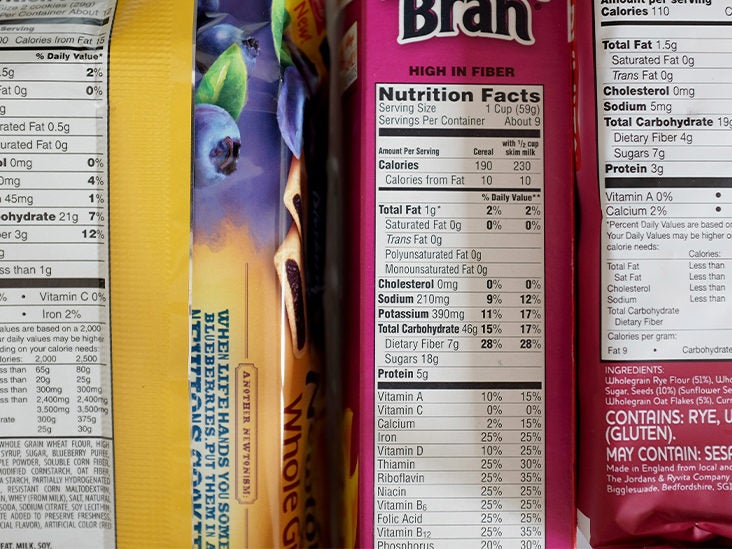

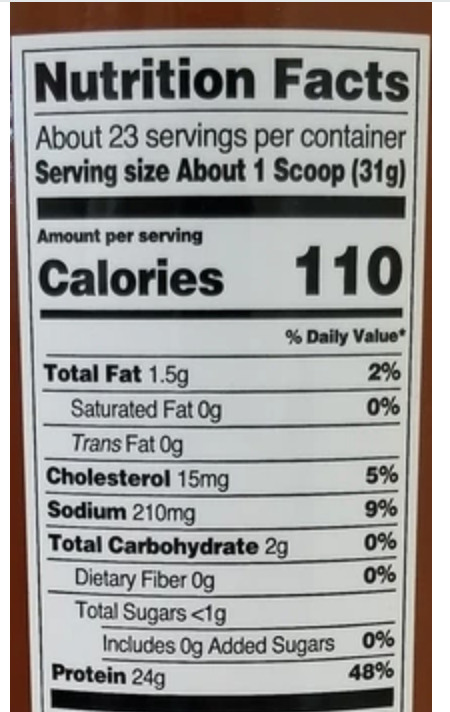





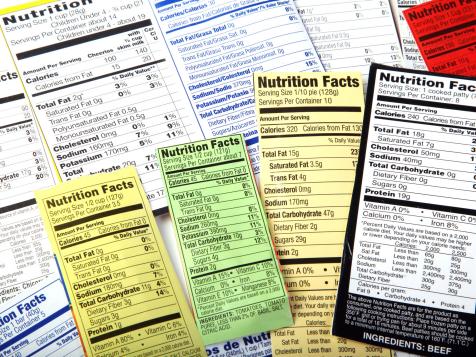

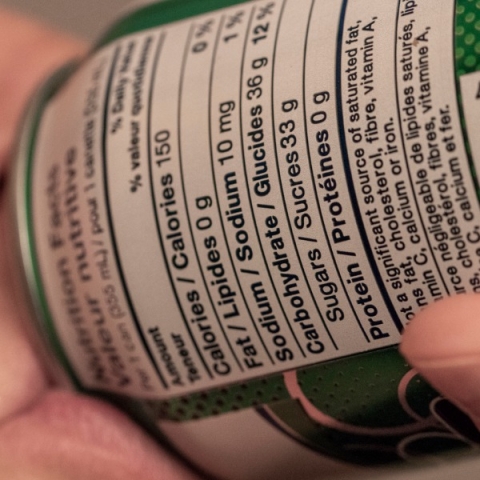
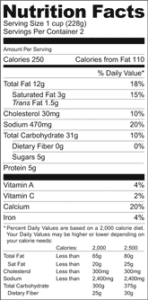

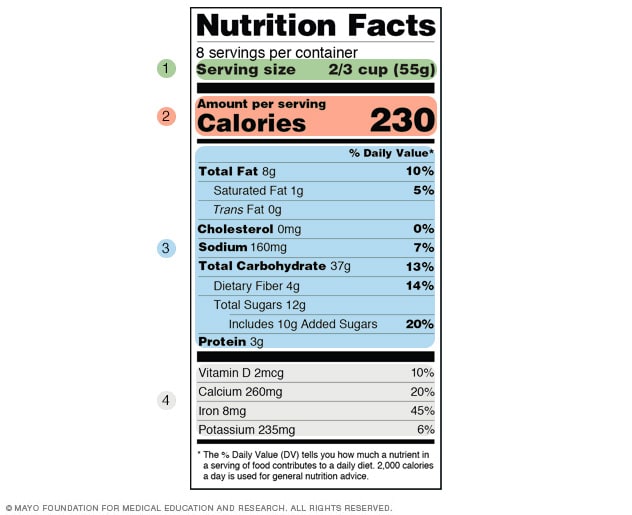
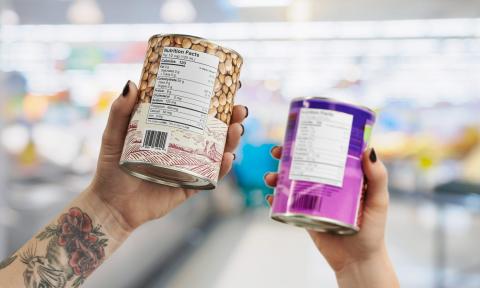
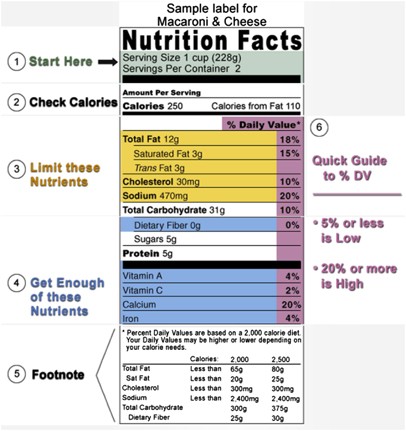

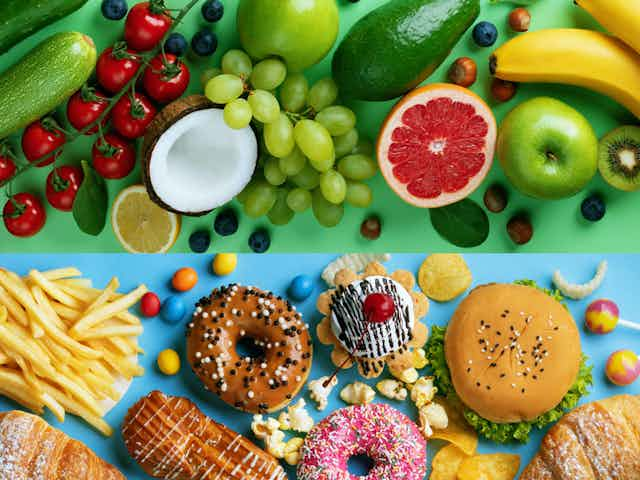

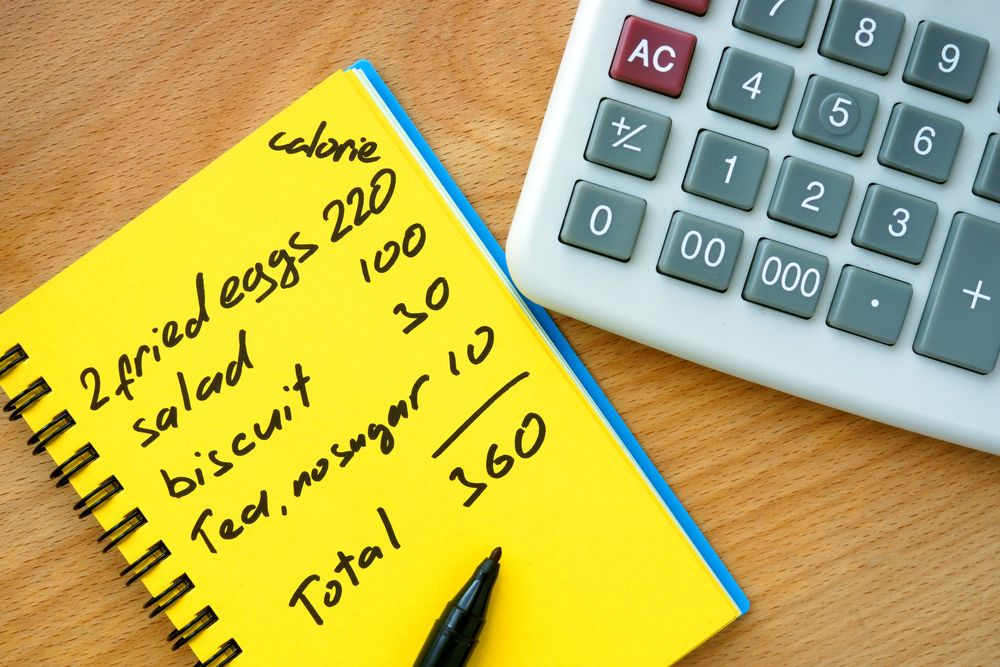

:max_bytes(150000):strip_icc()/Calories-Spauln-56edbcc45f9b5867a1c13fbb.jpg)




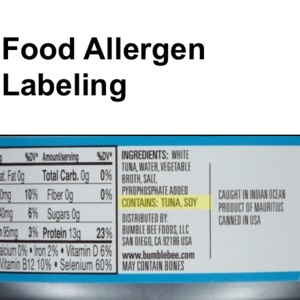


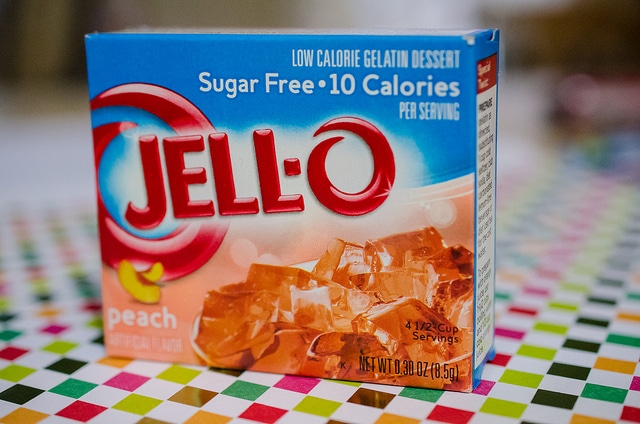
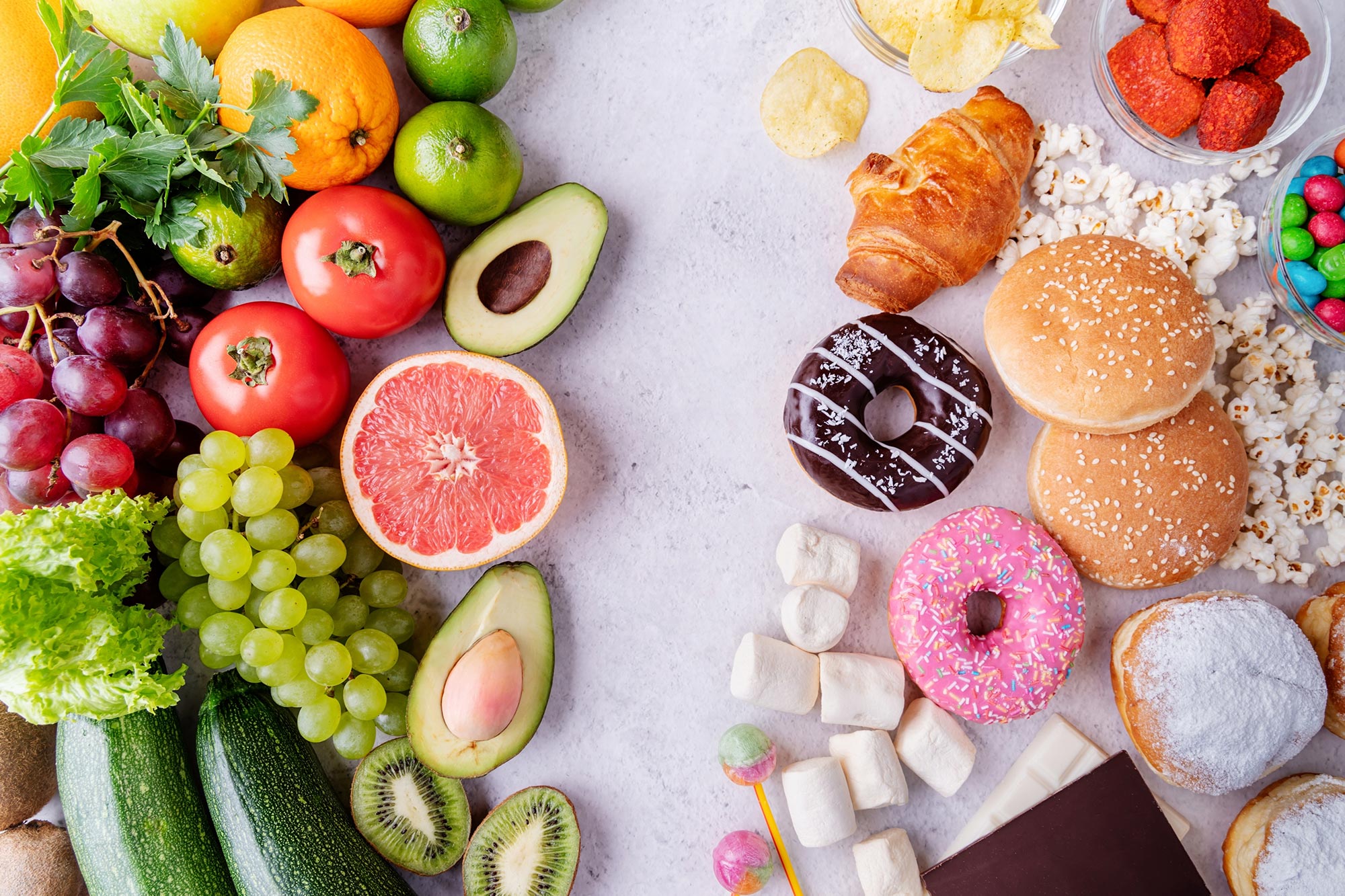




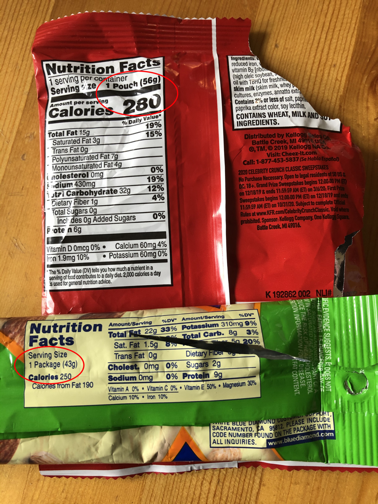
Post a Comment for "41 the calorie used on food labels is equal to calories"